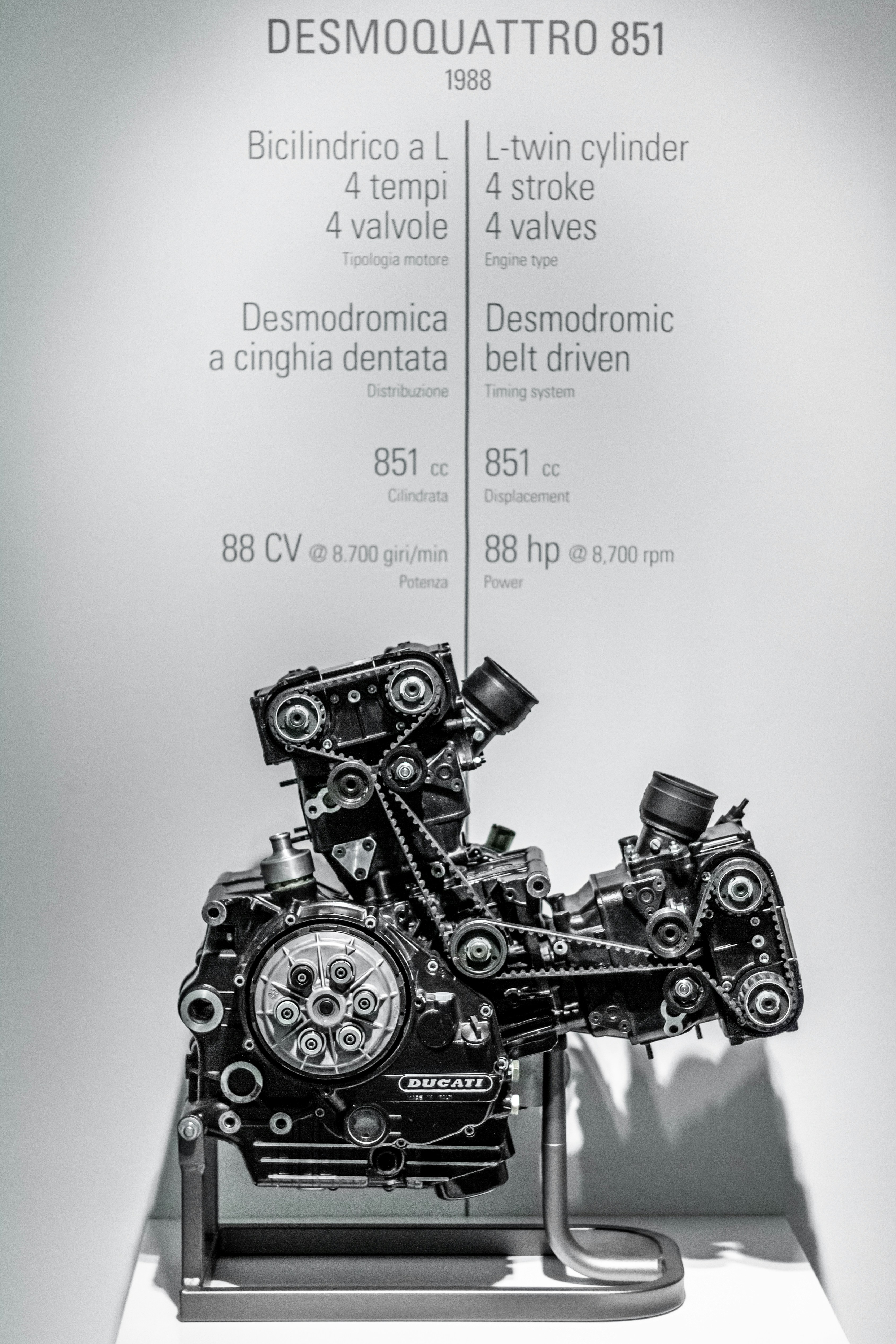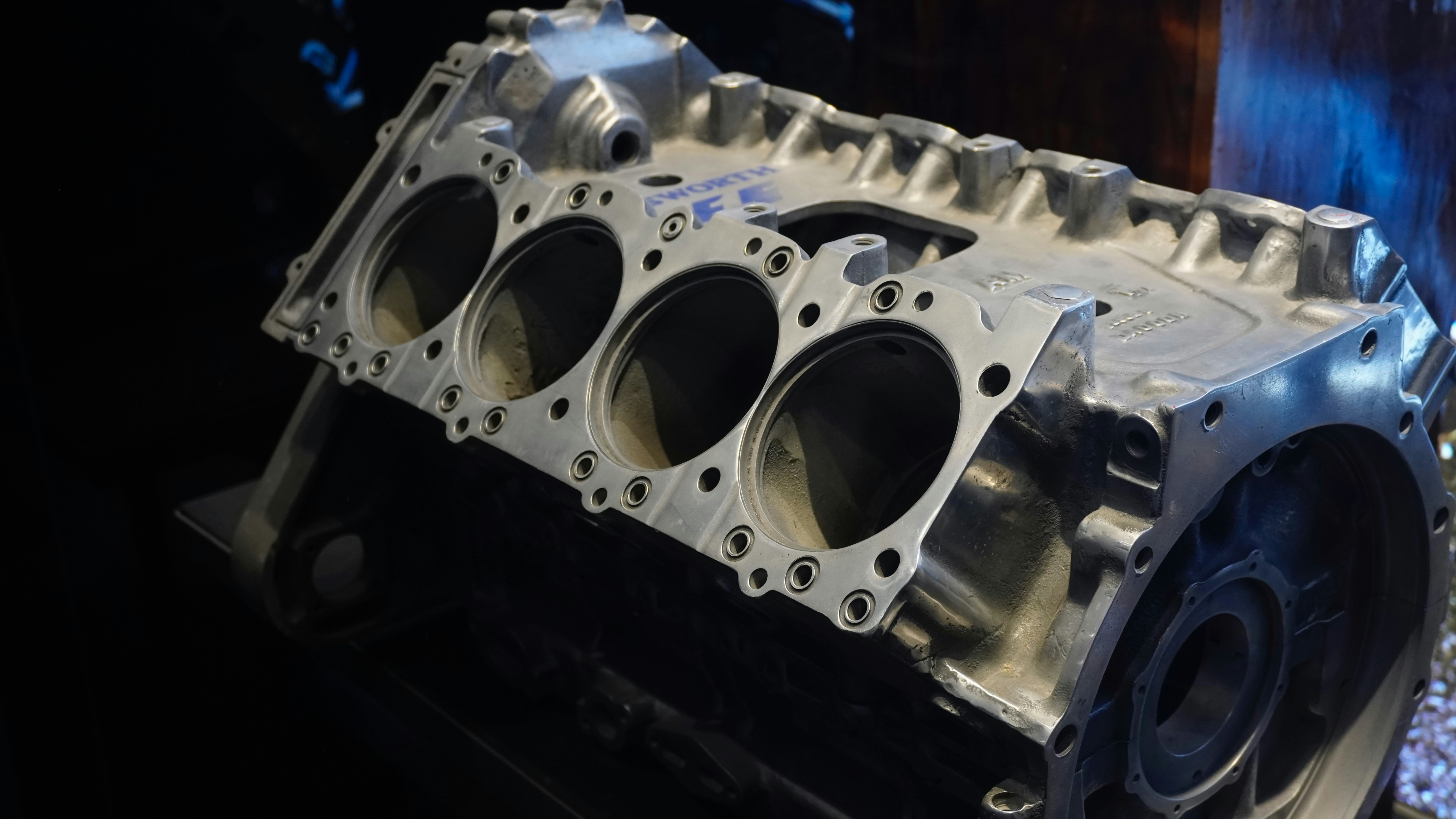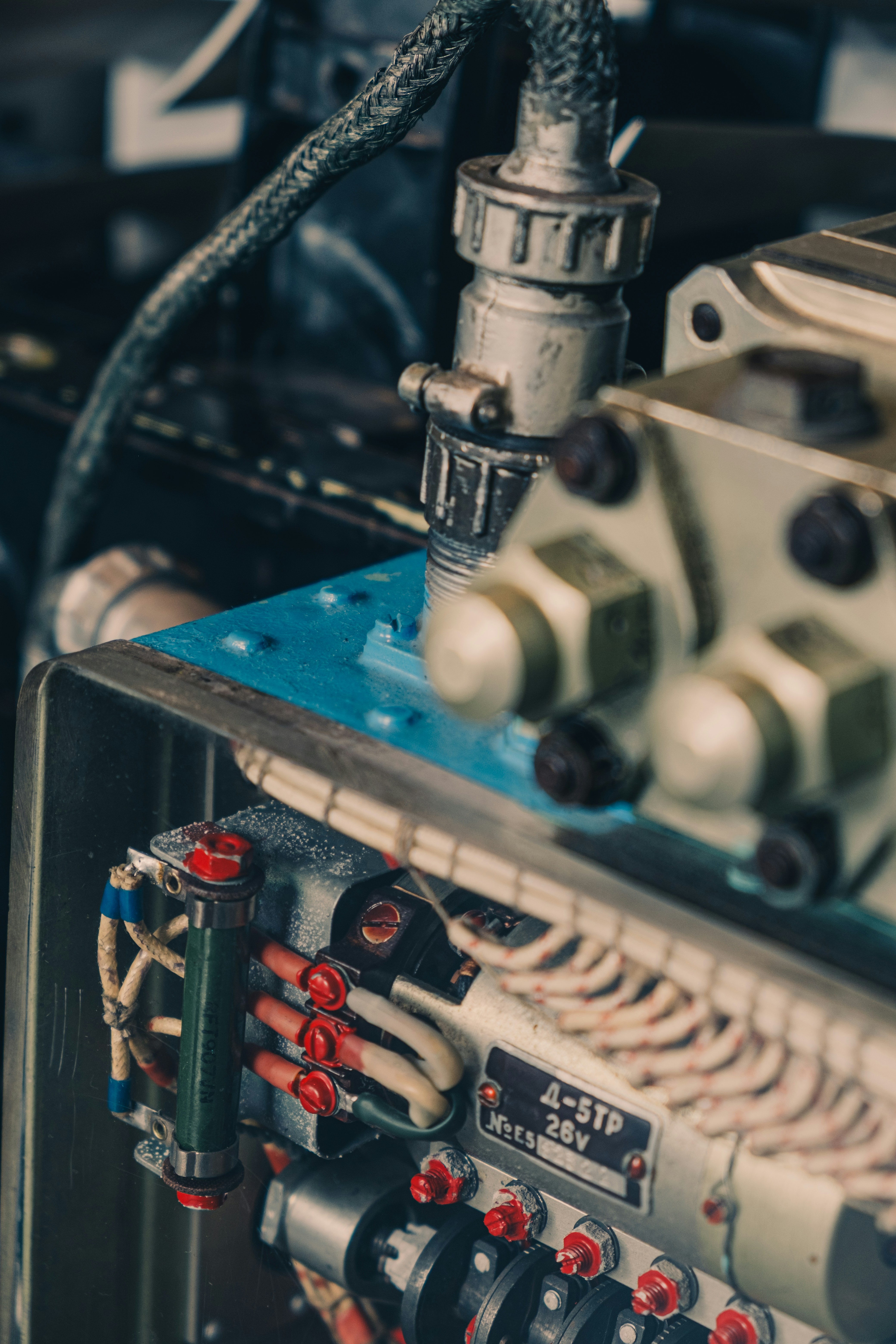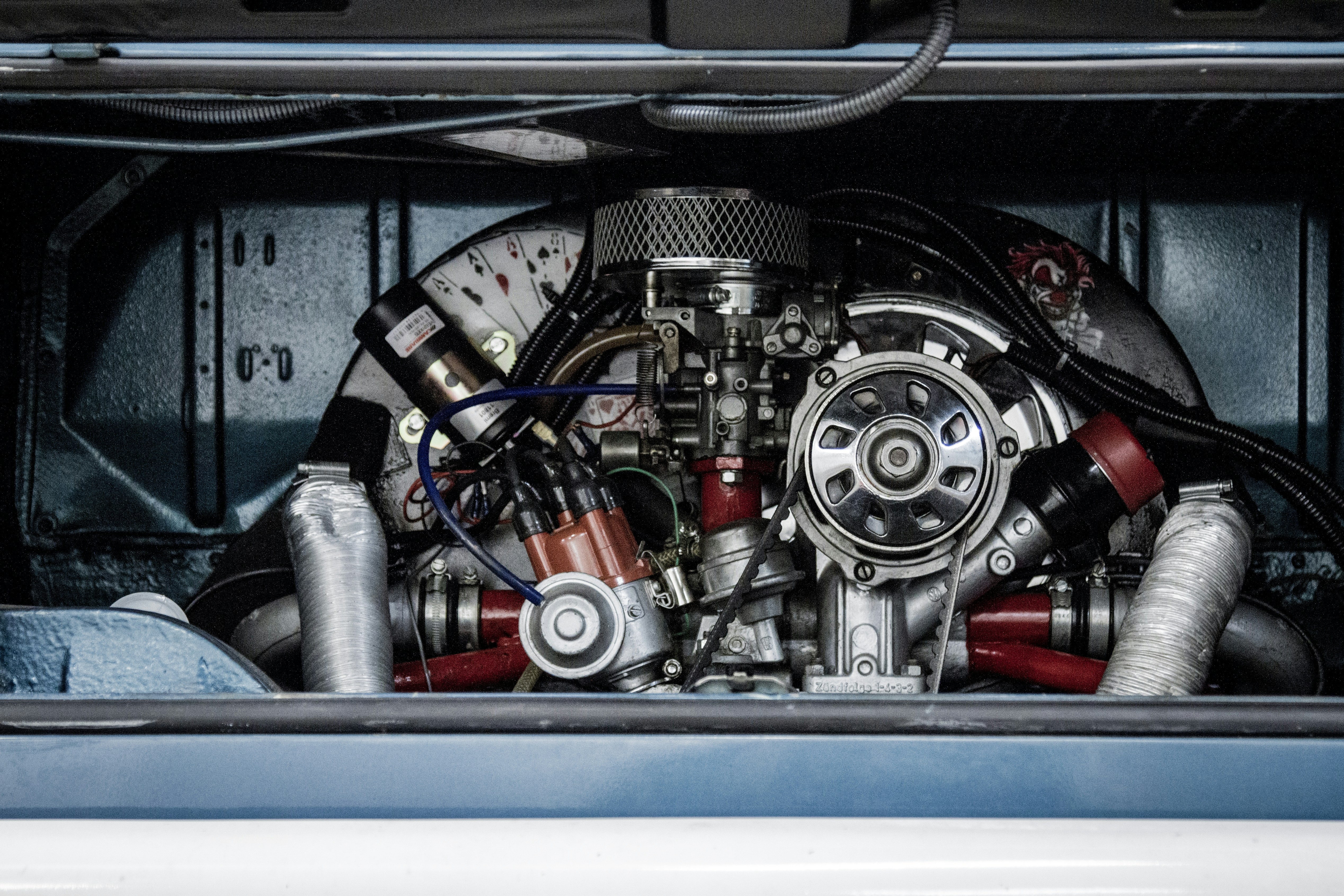Signs Your Electric Motor Needs Maintenance or Replacement

Introduction
Electric motors are vital components in countless systems, from automotive applications to industrial machinery. However, like all mechanical devices, motors are subject to wear and tear. Ignoring early warning signs of failure can lead to system breakdowns, expensive repairs, or even safety hazards.
In this article, we’ll highlight the most common symptoms that indicate your electric motor needs maintenance—or in some cases, a full replacement.
1. Unusual Noises
One of the first signs of motor trouble is noise.
- Grinding or squealing may suggest worn bearings.
- Buzzing or humming could indicate electrical imbalance or misaligned shafts.
- Clicking or knocking might result from a loose component.
Any new or worsening noise deserves immediate attention.
2. Excessive Vibration
Vibration can be caused by:
- Misalignment between motor and driven equipment
- Imbalanced rotor
- Damaged bearings
- Loose mounting bolts
Unchecked vibration can shorten motor life and damage surrounding components.
3. Overheating
Motors should not run excessively hot. Signs of overheating include:
- Burnt odor
- Discoloration of motor casing or wires
- Tripped thermal overloads
Causes may include blocked cooling vents, overloading, or electrical faults.
4. Low or Fluctuating Performance
Performance issues may manifest as:
- Reduced torque
- Inconsistent RPMs
- Slow startup
- Poor acceleration (in vehicles)
These may result from winding damage, voltage drops, or controller failure.
5. Frequent Tripping of Breakers or Fuses
If your motor is frequently triggering circuit protection devices:
- There may be short circuits or ground faults .
- Start-up currents might be too high.
- The motor might be locked or overloaded .
Persistent tripping is not normal and must be investigated promptly.
6. High Energy Consumption
An aging or poorly maintained motor will often consume more power:
- Compare current draw to nameplate specs.
- Monitor energy usage trends.
If power usage is climbing without increased workload, maintenance is likely overdue.
7. Burn Marks or Smell
Any visible burn marks or strong electrical smell from the motor housing is a red flag:
- Indicates overheating , short circuits , or insulation breakdown .
- Continued operation may cause catastrophic failure.
8. Leaking Lubricant or Contamination
If oil or grease is leaking from the motor:
- Bearings may be over-lubricated or damaged.
- Dirt or water ingress could degrade performance.
Contaminants reduce insulation resistance and can cause short circuits.
9. Repeated Start Failures
Motors that fail to start consistently might suffer from:
- Capacitor failure (in single-phase motors)
- Brush wear (in DC motors)
- Controller or relay issues
If it takes multiple attempts to start the motor, action is required.
10. Age and Usage History
Even in the absence of warning signs, age matters:
- Motors used in harsh environments (heat, dust, vibration) degrade faster.
- Over 10 years old? Consider preventive replacement depending on load and runtime.
Maintaining records of operating hours, loads, and conditions helps plan proactive maintenance.
When to Repair vs. Replace
| Condition | Recommended Action |
|---|---|
| Minor bearing noise | Maintenance (Replace bearings) |
| Severe overheating & burning | Replacement |
| Short circuits in windings | Replacement |
| Dirty vents, minor vibration | Cleaning & alignment |
| Increasing power consumption | Maintenance |
Conclusion
Regular inspection and attention to early warning signs can dramatically extend the life of your electric motor and prevent costly unplanned downtime. If you notice any of the symptoms described above, schedule maintenance—or consult a qualified technician to determine if replacement is necessary.
Proactive care saves money, improves safety, and boosts system reliability.


